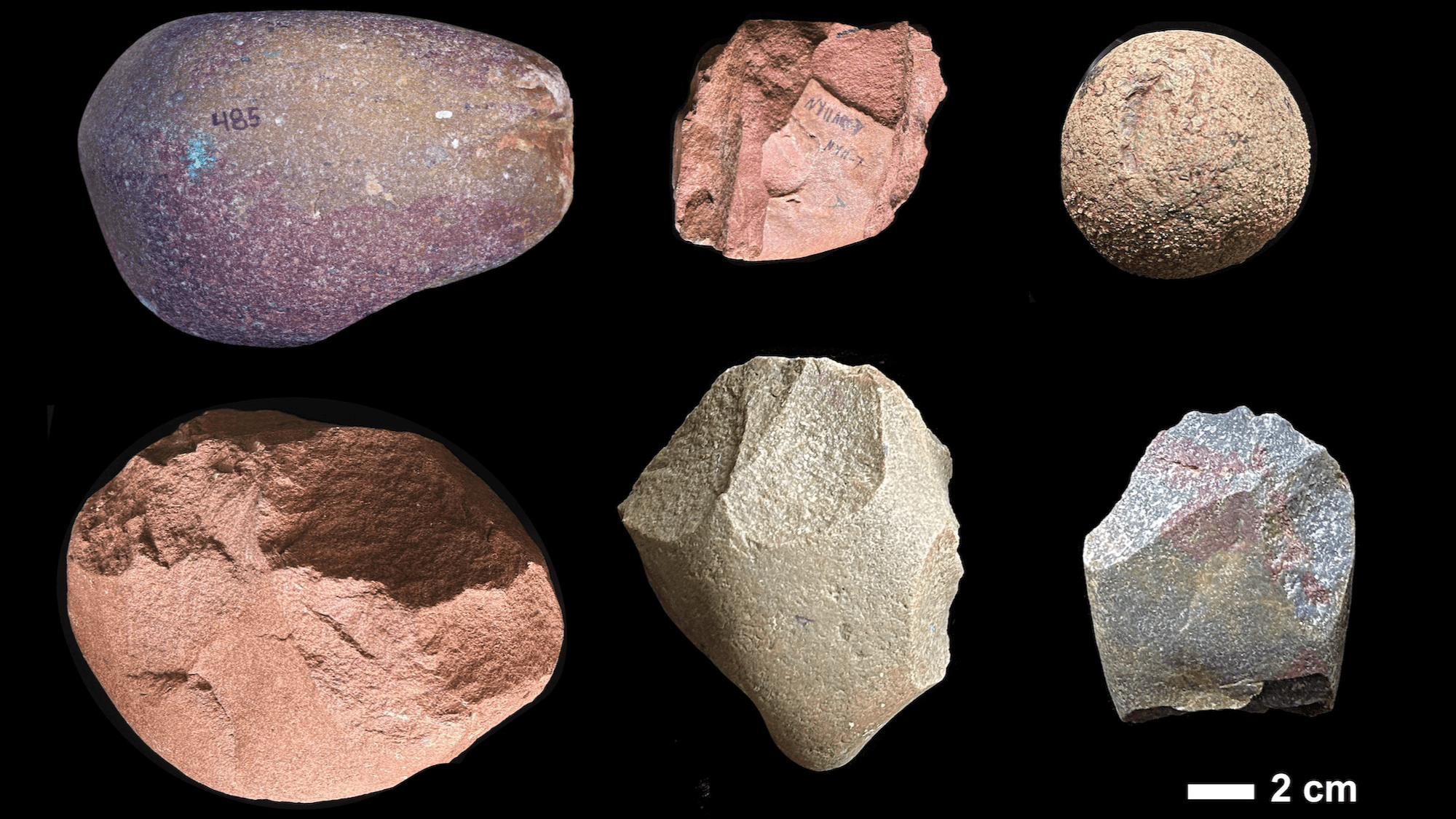Now Reading: Stone Age Humans Traveled Far for Ideal Tools
-
01
Stone Age Humans Traveled Far for Ideal Tools
Stone Age Humans Traveled Far for Ideal Tools

Quick Summary
- Discovery Details: Archaeologists have identified the oldest known collection of Oldowan tools and butchered hippo remains, dating back roughly 3 million years, at Nyayanga in southwestern kenya.
- Tool Composition: Tools were made from volcanic and metamorphic rocks (e.g., rhyolite, quartzite) transported from as far as 8 miles away, suggesting advanced cognitive abilities for resource mapping.
- Historical Importance: This discovery predates previously found Oldowan tools by around 600,000 years.
- Key Insight: The findings imply early hominin groups had evolved critically important knowledge and resource transport skills earlier than believed.
- Evolutionary Question: While it remains uncertain which hominin group created these tools-one contender is Paranthropus, a genus close to modern humans.
!Oldowan stone tools
oldowan stone tools sourced more than 6 miles away. Credit: E.M. Finestone/J.S. Oliver
Indian opinion Analysis
This groundbreaking discovery reshapes our understanding of early human evolution by highlighting sophisticated behaviors in resource acquisition much earlier than assumed. The ability to mentally map distant sources of raw materials indicates advanced cognition that laid the groundwork for tool dependency-a trait vital in humanity’s evolutionary story.
The implications are profound not only for evolutionary biology but also for understanding innovation as integral to survival strategies over millennia. Findings like this bridge ancient adaptive ingenuity with modern technological dependency, reflecting the continuity in human problem-solving approaches across ages.























